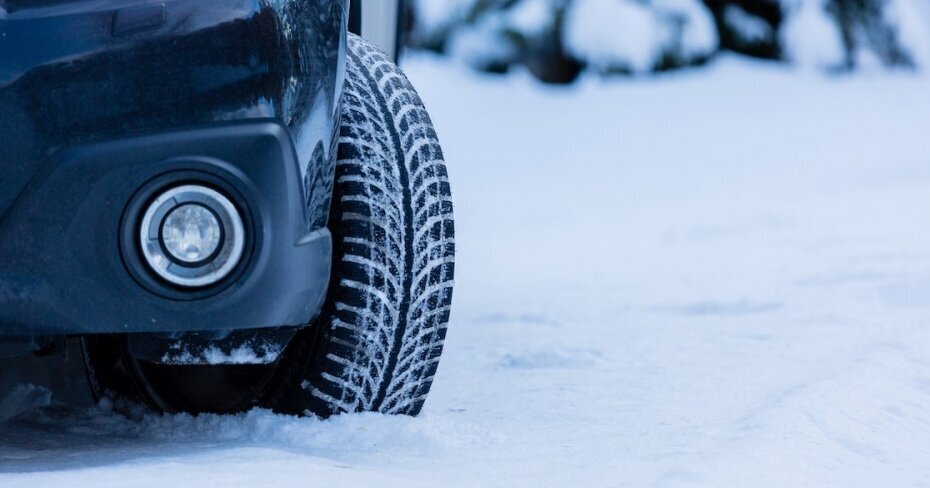Best winter tires for driving in Canada
By: Dominic Licorish on November 29, 2021
This article has been updated from a previous version.
If you drive in Canada, chances are you probably have a strong opinion on winter tires, whether you want to or not. Do you really need them? And if so, which ones best fit your lifestyle?
While all provinces in Canada recommend using winter tires, they are mandatory in only Quebec and British Columbia.
In Ontario, efforts to incentivize the adoption of winter tires spurred mandatory insurance discounts for winter tire-equipped vehicles. Drivers can save up to 5% on their annual auto insurance premium for installing a set of four winter tires between the insurance provider’s specified dates.
There are many people, however, with legitimate concerns about how much value winter tires bring cost-wise. Still, the best winter tires can increase road safety on difficult winter roads and mean the difference between life and death in some scenarios.
All-season vs. all-weather: What’s the difference?
All-season tires are the most common tires drivers use. They don’t provide the best grip or performance across different temperatures or weather conditions, but they do a decent job nonetheless — until winter arrives. While all-season tires perform adequately in mild to hot, dry, and wet weather, the rubber used in these tires starts to lose elasticity as temperatures drop below 7 C. Less elasticity means a reduced grip, which is why they may not be the best winter tires.
Don’t be fooled by the “M+S” symbol that stands for mud and snow because the icon is entirely unregulated, meaning any manufacturer can slap it on any tire they want. When it comes to true year-round tires, however, there is a solution: all-weather tires.
All-weather tires are designed to retain elasticity in cold temperatures, just like the best winter tires. Also, like winter tires, they have been tested and certified for snow traction performance by the Rubber Association of Canada.
Look for the snowflake in a mountain symbol to verify the status of the tires. While they don’t perform as well as true winter tires in heavy ice or snow, they perform better than all-season tires. Unlike winter tires that suffer reduced performance on clear or wet asphalt, all-weathers provide increased grip and function well in warmer temperatures.
Here’s a handy guide by Kal Tire explaining the differences.
Living in or near urban centres
For residents of the Greater Toronto Area (GTA) and larger cities, snowy roads get cleared relatively quickly. Therefore, drivers worry less about plowing through heaps of snow and more about wet or icy road surfaces. Those driving conditions lend themselves to all-weather tires because they provide better performance in less severe winter conditions.
Our top all-weather tire pick: Nokian Tyres WRG4
The WRG4 takes the top spot for providing a great all-around drive that gets the job done in most conditions, whether roads are dry, wet, or snowy. At the same time, the WRG4 is respectably durable for the price and comes in a truck/SUV variant.
Rural areas where snowplows are scarce
If you live in a place where seeing pavement is a rarity during the winter months, you need heavy-duty tires to get the best performance out of your vehicle. Depending on where you live, you may be allowed to use studded tires to get the ultimate traction on ice and deep snow. Unfortunately, in many places, studs are illegal due to the damage they do to roads. Non-studded tires can still provide excellent grip and traction on deep snow and ice. While pricey, these tires will keep you on the road when driving conditions are at their worst.
Best Winter Tires (non-studded): Bridgestone Blizzak WS90
These tires are universally acclaimed for a reason. A close runner-up is the Michelin Latitude X-Ice Xi2. Both tires have received some of the best-in-class ratings possible; however, the Blizzak’s slightly better stopping distance and acceleration traction on snow and ice give it the edge.
Top-Rated Winter Tire (studded): Nokian Hakkapeliitta 9
If you drive in Canada from December to about March, chances are you’ll need to use some good winter tires. Driving on all-seasons in the snow is like trying to play hockey in soccer gear. Somebody’s going to get hurt, and nobody’s going to have a good time. Use the right equipment, stay safe, and keep your auto insurance low. You’ll end up in better shape overall.


